By Thomas Klein, Customer Success Manager
A valuable lesson I learned several years ago as a civil engineering project manager was to involve regulators early in a project lifecycle.
Creating an open dialogue with regulators during the conceptual design of a project significantly reduces the risk of incurring a major project delay during later project phases. Unfortunately, this isn’t common practice as regulators are historically involved very late in a project lifecycle. I don’t believe this is on purpose; it’s just a function of necessity. But advancements in generative design technology and artificial intelligence can help us rethink why, and how, we should bring regulators earlier on in project lifecycles.
Generative Design Technology In The Water Industry
The model across the water industry that has existed for years was to plan, design, submit permit applications, receive permits, and then construct. In that model, the regulators issuing a potential permit serve as a gate keeper to the construction phase. The permit issuer can accept a permit application, request minor revisions, or request significant revisions.
All the time and cost spent on the phases leading up to permitting are at risk of being lost if major revisions are required.
For larger projects that could be YEARS of work and several hundreds of thousands of dollars! The risks of incurring those costs are significantly reduced when regulators can review projects before the costs on planning and design are even spent.
That begs the question, “why aren’t regulators brought in earlier more often?” The answer is simple.
Historically, regulators needed to see information that was only available in later project stages such as drawings, chemical usage, site disturbance, etc. Because of technology limitations, engineers and PMs were forced to wait until those documents could be produced for regulatory review. In other words, the traditional model is a textbook chicken and egg scenario.
Advancements In Modern Technology In The Water Industry
With advancements in modern technology such as the Transcend Design Generator, professional quality engineering documents can be used to engage regulators early in a project and reduce overall project risks.
Capital planners, project managers, asset owners, engineers, and others involved in the regulatory conversation can generate 30% drawings (complete preliminary designs including equipment lists, Civil BOQ/BOM, renderings, and more) in what’s typically the conceptual design stage. Better still, that technology also produces those documents at a fraction of the time and cost.
Now, the existing construction project life cycle model can not only be revised to conduct early conversations between engineers and regulators (which in my experience both parties want to do), and it can also be an iterative process. Since many scenarios can be run quickly, it allows regulators to become an active participant in the planning and design process instead of a gatekeeper. With the generative design technology model, imagine the cost effective, efficiently constructed, safe, and sustainable systems that we can build. Lowered project risks and better outcomes for less money is a triple win.



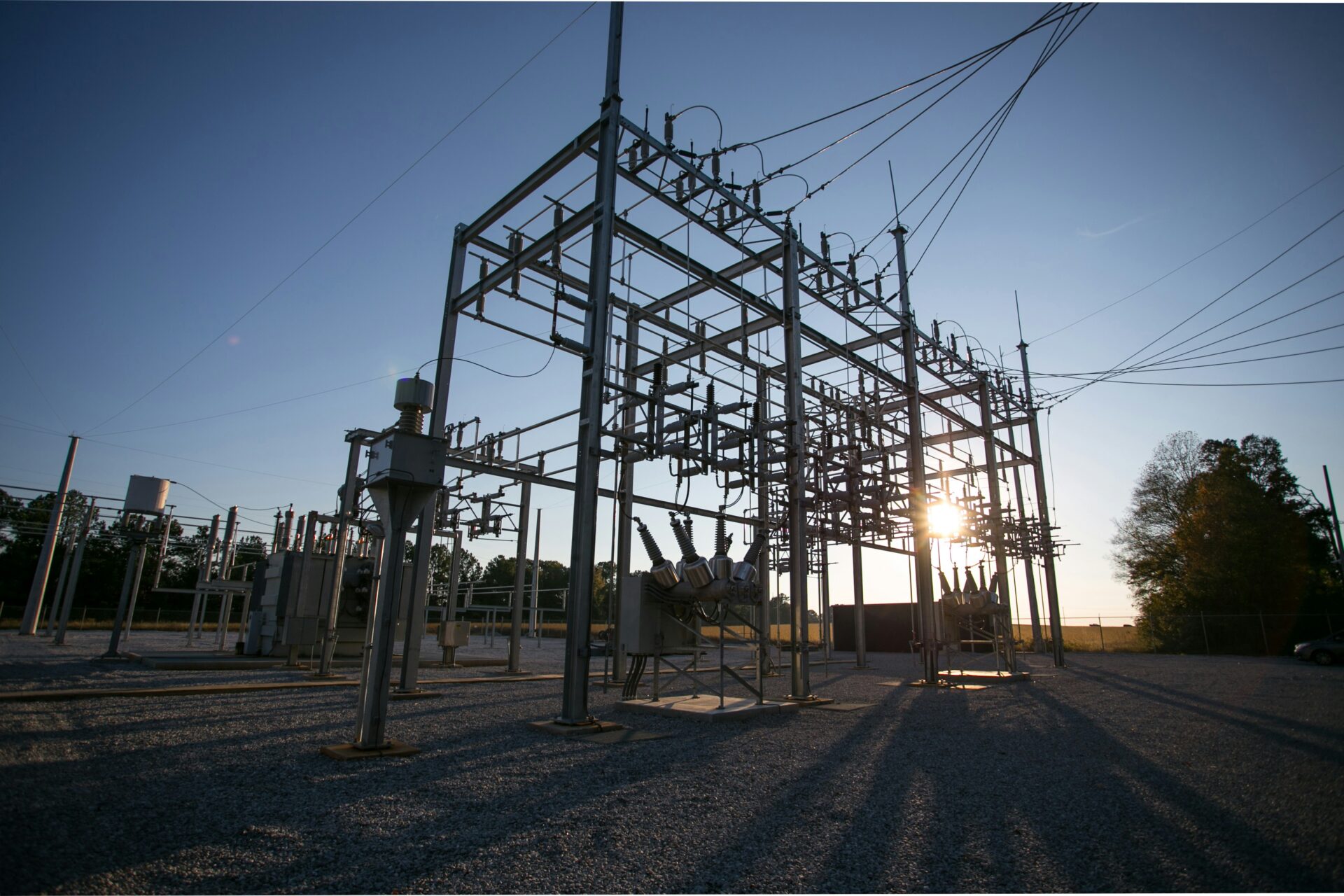
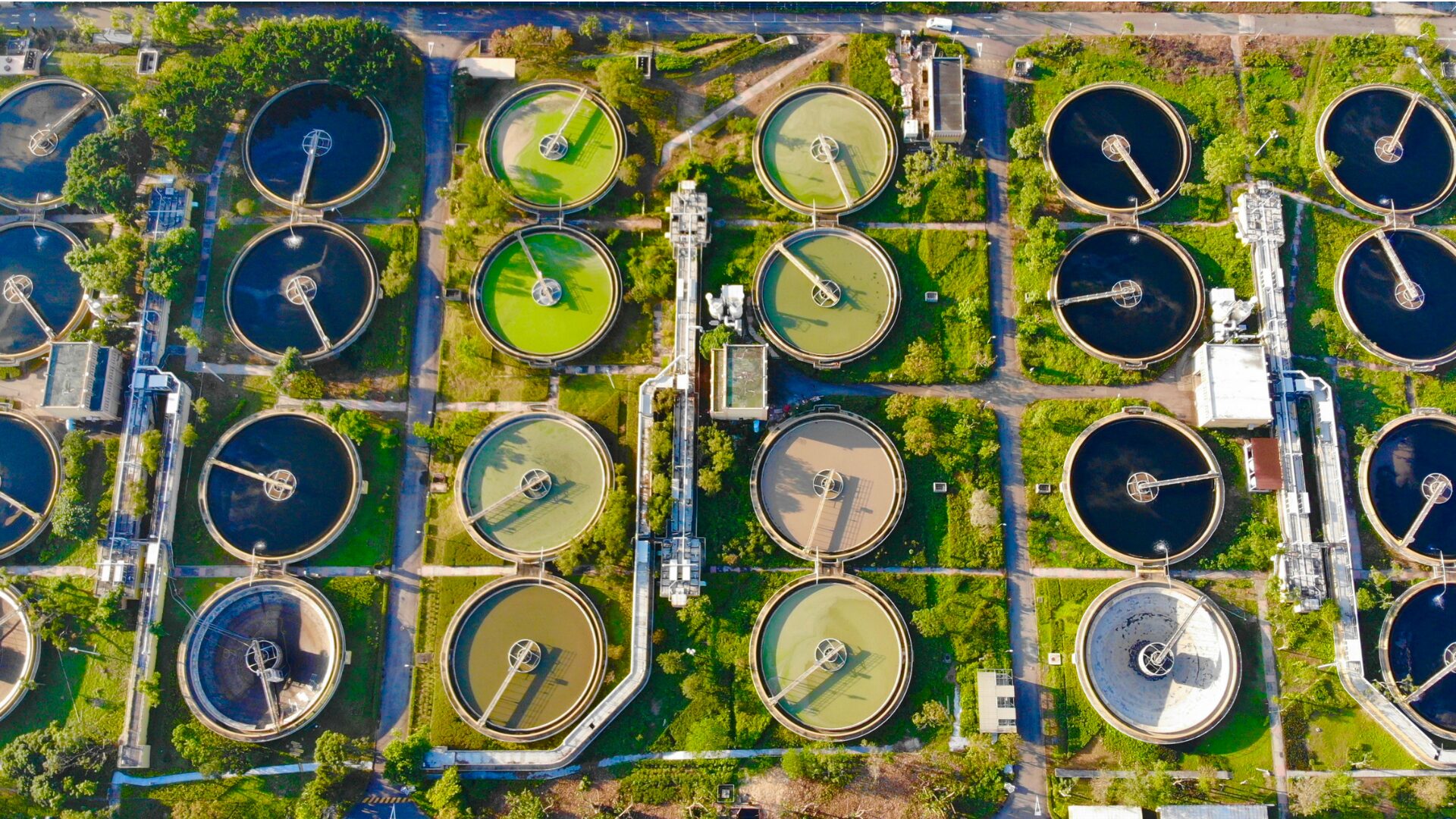

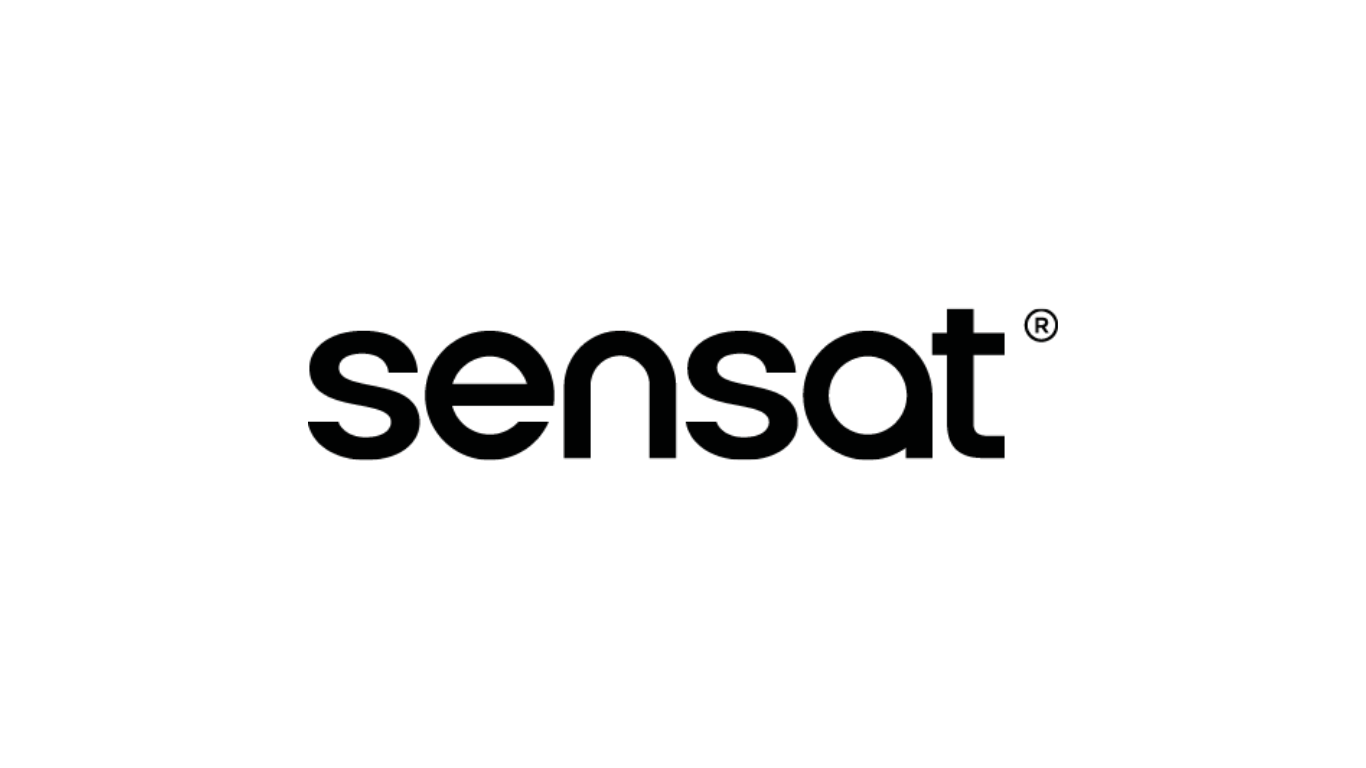
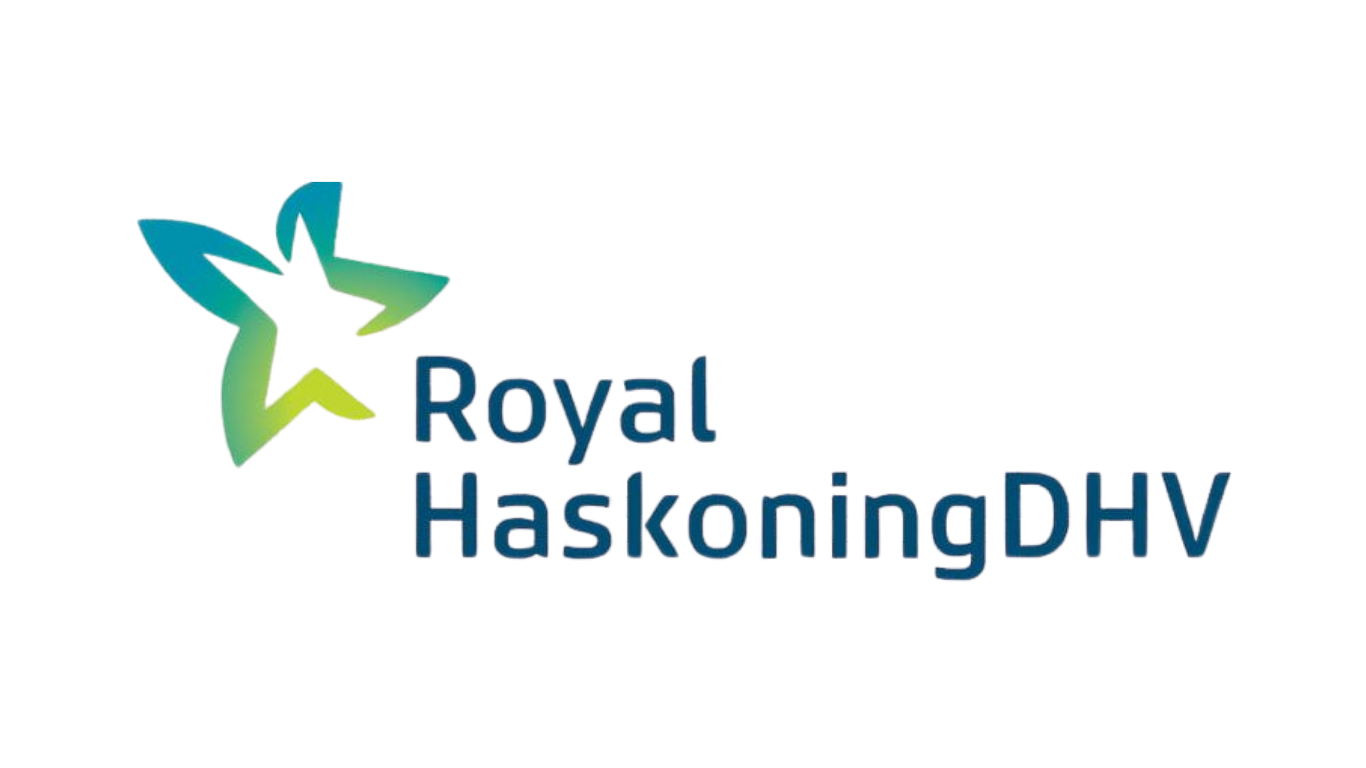
 WWTP Design
WWTP Design  Substation Design
Substation Design  Utility Interconnection Hub
Utility Interconnection Hub  White Label Proposal Generator
White Label Proposal Generator 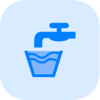 PFAS Feasibility Study
PFAS Feasibility Study 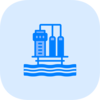 Booster Station Design
Booster Station Design  Value Discovery Program
Value Discovery Program